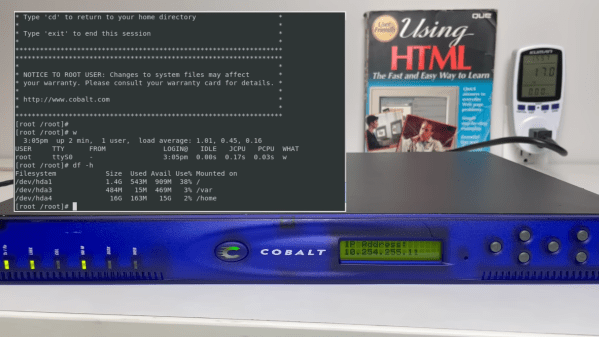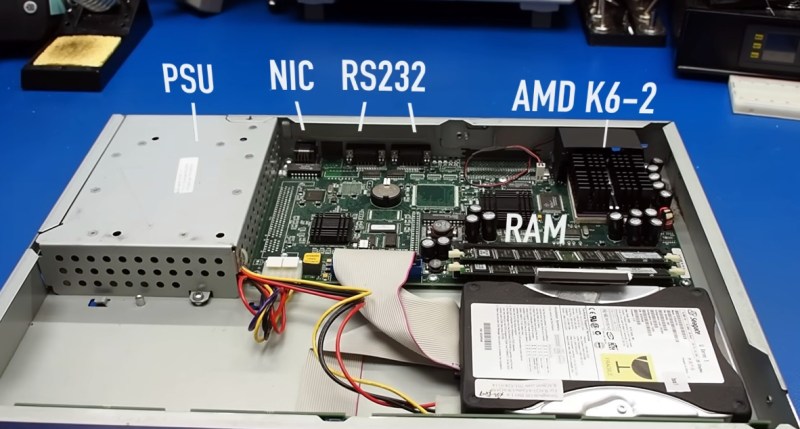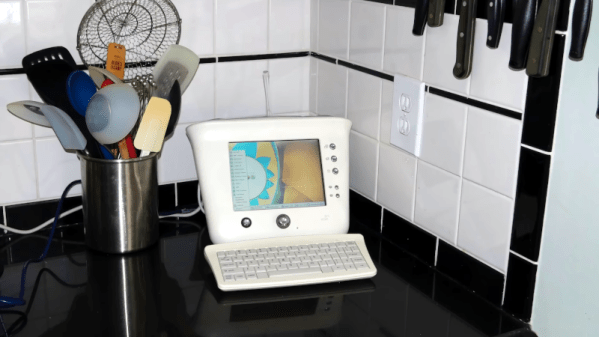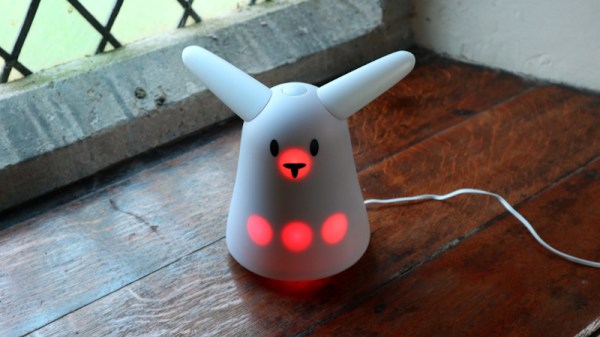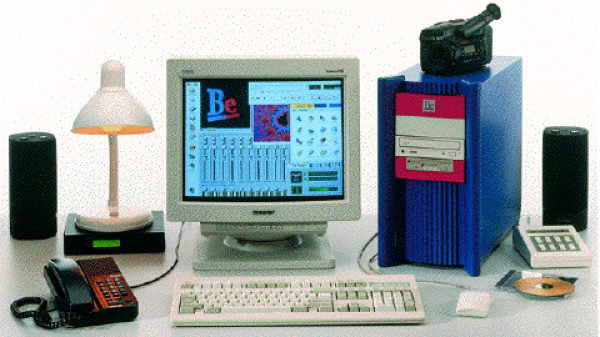Few processors have found themselves in so many different devices as the venerable Z80. While it isn’t powerful by modern standards, you can still use devices like this Cidco MailStation as a terminal.
The MailStation was originally designed as an email machine for people who weren’t onboard with this whole computer fad, keeping things simple with just an adjustable monchrome LCD, a keyboard, and a few basic applications. [Joshua Stein] developed a terminal application, msTERM, for the MailStation thanks to work previously done on decoding this device and the wealth of documentation for Z80 assembly.
While [Stein] designed his program to access BBSes, we wonder if it might be a good way to do some distraction-free writing. If that wasn’t enough, he also designed the WiFiStation dongle which lets you communicate over a network without all that tedious mucking about with parallel ports.
If you’d like something designed specifically for writing, how about an AlphaSmart? Wanting to build your own Z80-based project? Why not start with an Altoids-sized Z80 SBC, but don’t wait forever since Z80 production finally ended in June.




